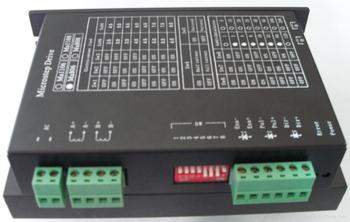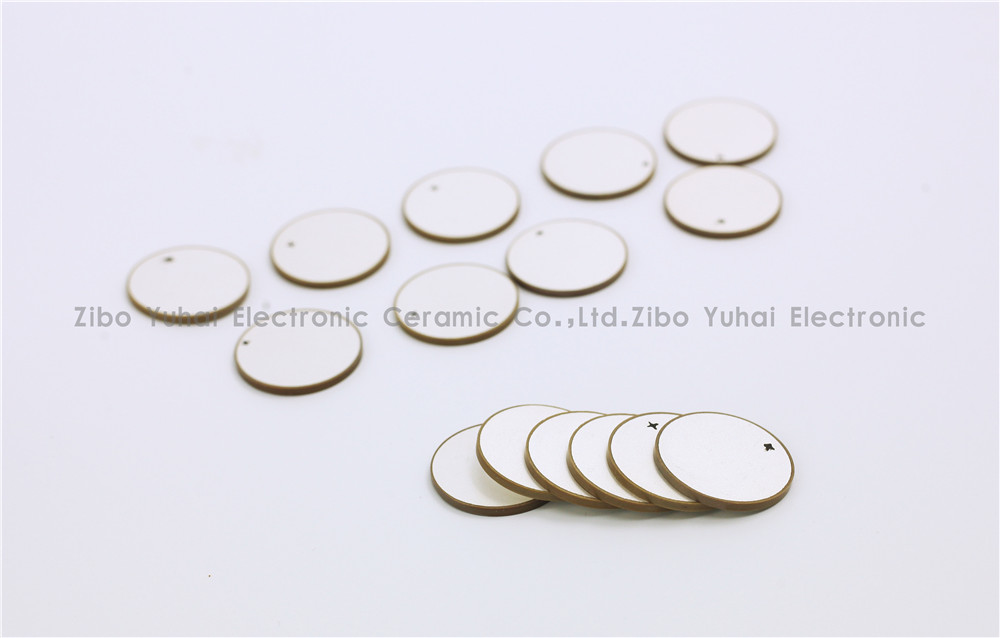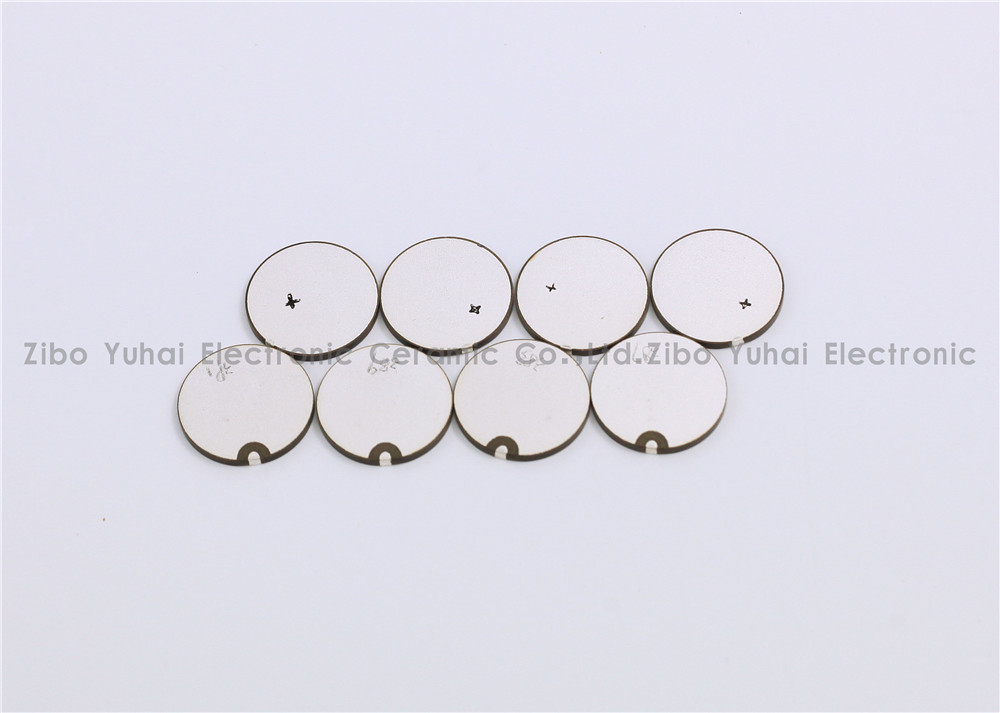 Texas Instruments announced the latest InstaSPIN-FOC (Focused Field Oriented Control) solution that enables motor control system designers to identify, regulate, and fully control variable speeds and loads in 5 minutes or less Any type of three-phase synchronous or asynchronous motor does not take weeks or months to adjust the motor control system. They can now concentrate on differentiating designs.
Texas Instruments announced the latest InstaSPIN-FOC (Focused Field Oriented Control) solution that enables motor control system designers to identify, regulate, and fully control variable speeds and loads in 5 minutes or less Any type of three-phase synchronous or asynchronous motor does not take weeks or months to adjust the motor control system. They can now concentrate on differentiating designs. This new technology not only eliminates the need for a mechanical motor rotor sensor, reduces system cost, but also enables the latest software encoder (sensorless observer) algorithm embedded in read-only memory (ROM) on TI's 32-bit C2000® PiCColo microcontrollers. FAST (flux, angle, speed and torque) to improve work. InstaSPIN-FOC belongs to the previously launched InstaSPIN-BLDC technology, and will introduce various InstaSPIN solutions in the future to make motor control development easier and more efficient.
Improving motor system reliability and efficiency Although sensorless FOC motor technology offers many system advantages, many industries have had to delay the adoption and promotion of these technologies due to lack of knowledge of motor control systems. InstaSPIN-FOC not only helps designers to simplify development, reduces system cost and complexity, even for designers with limited motor control experience, but also enables excellent solutions to improve all variable speed and load motor applications. Motor efficiency, performance and reliability. In traditional FOC motor designs, the use of rotor sensors increases costs (requires sensors, power supply, special wiring and connectors, installation, and maintenance) and may also degrade reliability (dear performance degradation, electrical noise, and vulnerability Temperature and humidity effects, which have an adverse effect on the system. In addition, the use of sensors in many applications such as hermetic compressors or large traction equipment is completely impractical.
Features and Benefits of InstaSPIN-FOC Technology: Design time is reduced by several months: Since identification and control adjustments are almost fully automated, designers can differentiate their product functions based on full motor torque; proximity encoder performance : Reliable, robust estimation of flux, angle, speed and torque under various conditions of use using the embedded on-chip FAST observer algorithm. With accurate sensorless "estimators", in most cases no physical encoder is required; all three-phase motors are supported: the same solution supports synchronization (BLDC, SPM and IPM) and asynchronous (ACI); identification and regulation: off-line motors Commissioning identifies the required motor electrical parameters, adjusts the FAST algorithm, and initializes the current controller to ensure stable operation. In addition, an optional on-line resistive re-evaluation mode is provided to track changes in the performance of high-stability observers under the harshest conditions; start-up challenges can be avoided: support for built-in startup modes and observer angle locking for less than one electrical cycle, can be Avoid start-up challenges with other sensorless technologies; Low-speed performance: Angle integrity can be maintained at sub-1Hz (typical) full-torque stability, supporting zero-speed reversal and smooth stall recovery in stall conditions; single function calls can be implemented Increased flexibility: FOC torque controllers (supporting up to 2 motors from the same ROM) or fully customized FAST control systems can be used as motor sensors; support for the most efficient motor finalization: built-in magnetic field control can be provided manually or Automatic field weakening (higher speed) or manual field strength (higher torque) applications; large energy savings possible: for induction motors with PowerWarp® mode, avoiding wasted energy when torque is not needed immediately; easy to develop, Quick evaluation: With MotorWareTM using the latest motor control libraries (modules, drives, system examples and documentation), Like, C language code based on the latest technology API. Lab meter testing can be performed with TI's latest free GUI Composer tool.
Piezoelectric ceramic disc
Quick delivery
High performance
Application: flow meter measurement
There are many kinds of USF used in closed pipeline according to the measuring principle, and the most commonly used are propagation time method and Doppler method. Among them, time difference ultrasonic flowmeter is used to measure fluid flow by the principle that the time difference of sound wave propagating downstream and countercurrent is proportional to the velocity of fluid flow. It is widely used in raw water measurement of rivers, rivers and reservoirs, process flow detection of petrochemical products, water consumption measurement of production process and other fields. According to practical application, time-difference ultrasonic flowmeter can be divided into portable time-difference ultrasonic flowmeter, fixed time-difference ultrasonic flowmeter and time-difference gas ultrasonic flowmeter.
Ultrasonic flow-meters use at least two transducers aligned so that ultrasonic pulses travel across the flow of liquid or gas in a pipe at a known angle to the flow.
Technical data:
Electromechanical coupling coefficient Kp: > 0.62
Dielectric Loss tg δ: <2%
Nominal Piezo discs for ultrasonic flowmeter:
OD14.2*1MHz PZT-51
OD14.6*1MHz PZT-51
OD15*1MHz PSnN-5
OD15*2MHz PSnN-5
OD20*1MHz PSnN-5OD20*2MHz PSnN-5
OD15*1MHz PZT-51
OD15*2MHz PZT-51
OD20*1MHz PZT-51OD20*2MHz PZT-51
Size, Frequency and Electrode on request.


Piezoelectric Discs For Flowmeter Sensor
Piezoelectric Ceramic Disc,Piezoelectric Discs For Flowmeter Sensor
Zibo Yuhai Electronic Ceramic Co., Ltd. , https://www.yhpiezo.com
